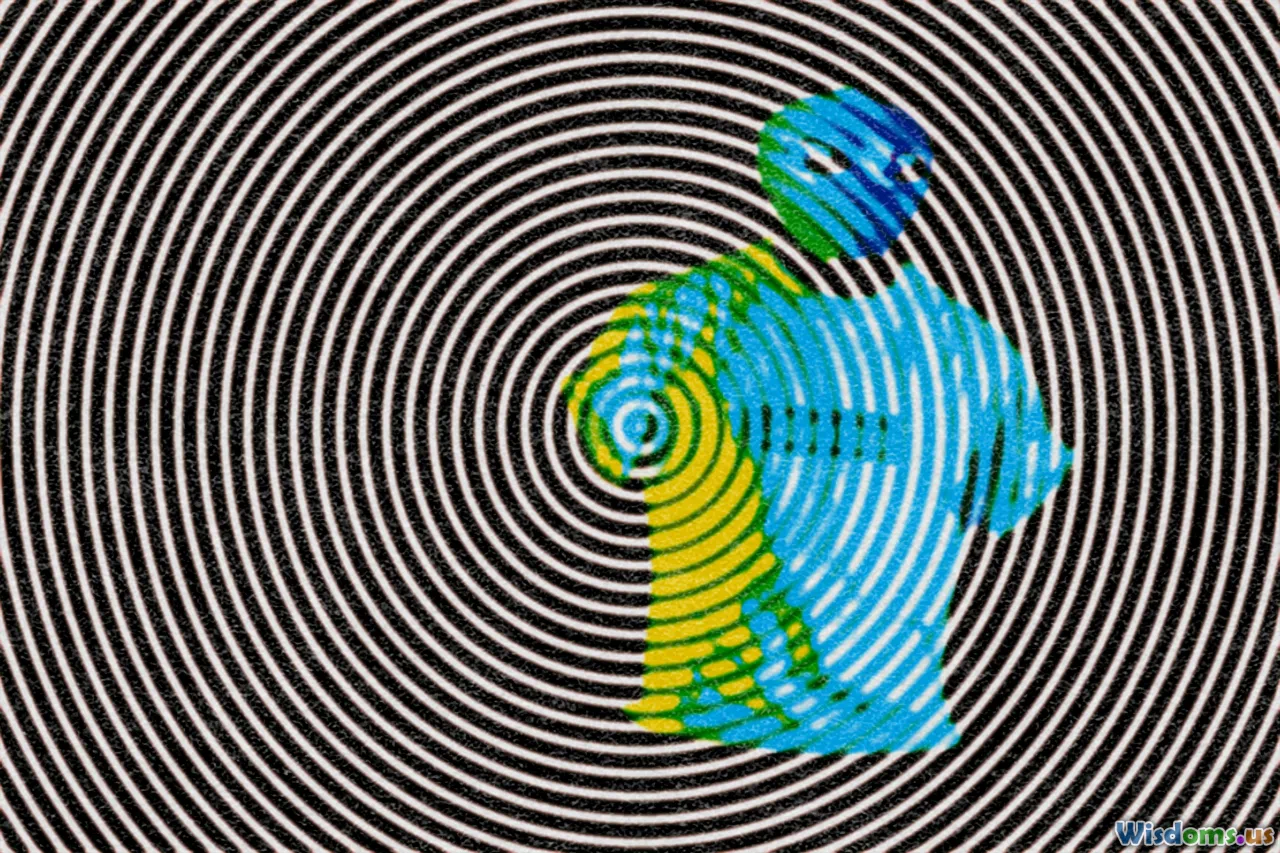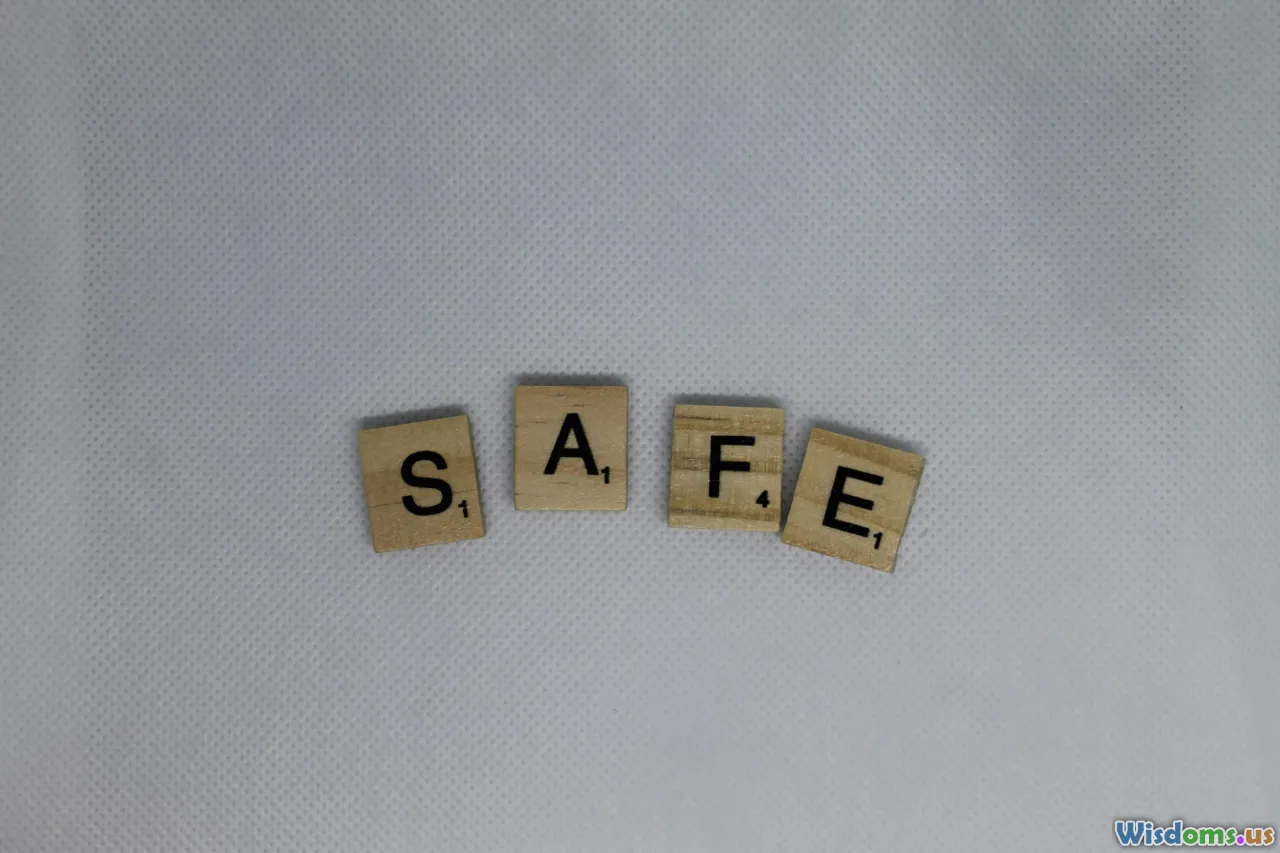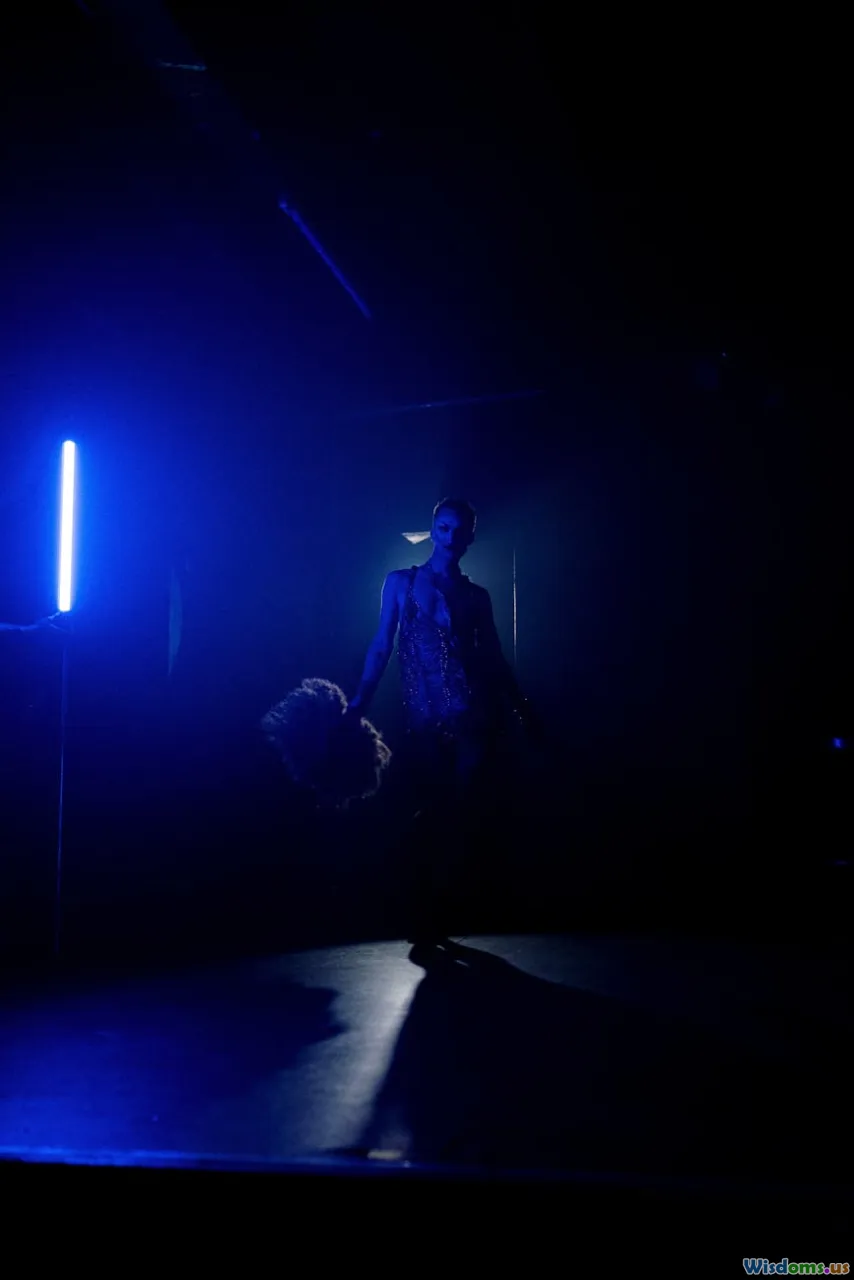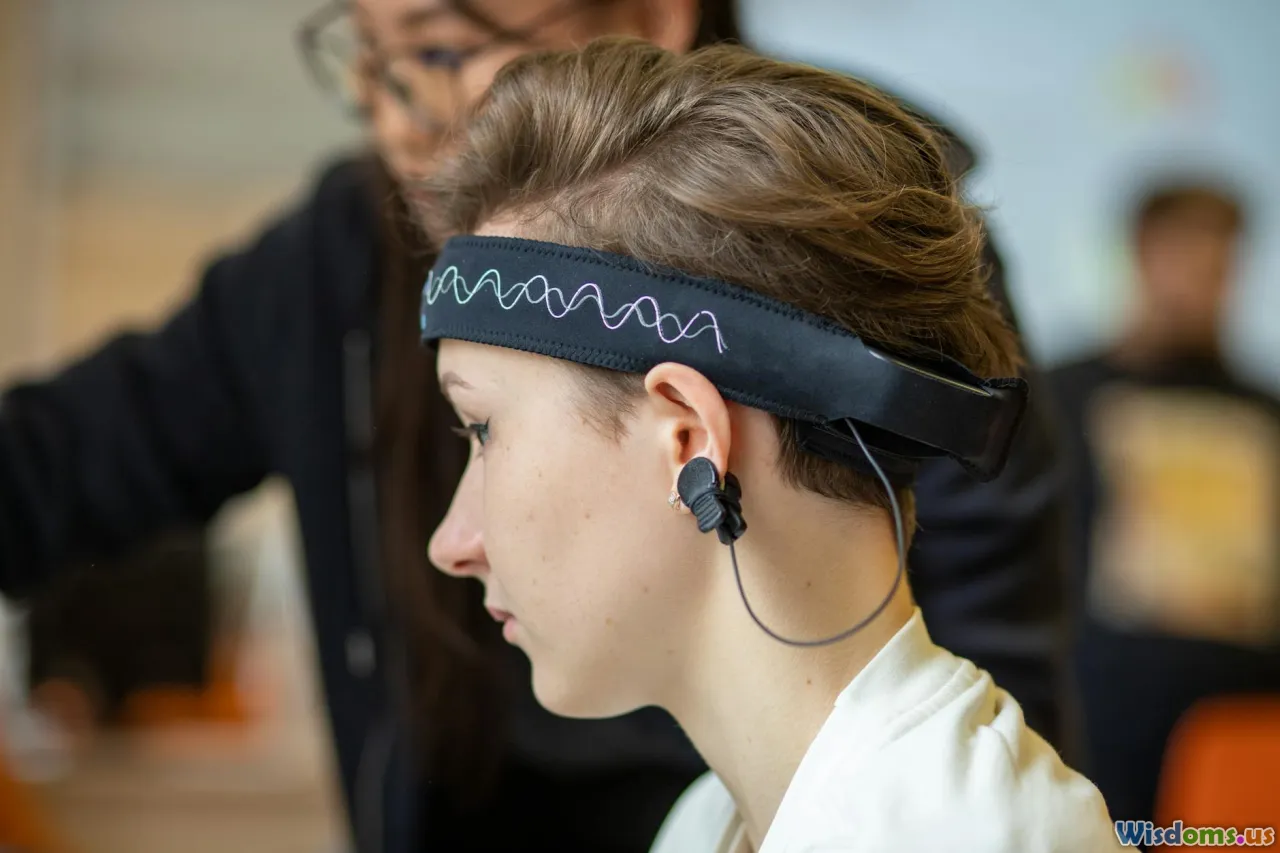
Debunking Myths About Trance States and Danger Levels
15 min read Uncover the realities behind trance states, addressing common misconceptions and assessing actual risks with science-backed evidence and examples. (0 Reviews)
Debunking Myths About Trance States and Danger Levels
Trance states have long fascinated people, stirring up imaginations and sparking debates. From mystical ceremonies to stage hypnotism, stories about falling 'under a spell' or losing control abound. But how accurate are these tales, especially concerning danger? Are trance states a path to enlightenment, peril, or just misunderstood aspects of consciousness? In this article, we sort fact from fiction, highlight true risks versus myths, and share insights to help navigate this compelling subject with confidence and knowledge.
Understanding Trance States: What Are They Really?

The word “trance” conjures images that range from yogis in deep meditation to dramatic stage acts featuring seemingly helpless volunteers. Yet, a trance state is simply a naturally occurring altered state of consciousness, characterized by focused attention and diminished awareness of surroundings.
Examples of Everyday Trance:
- Driving on autopilot: Have you ever driven home and realized you barely remembered the journey? That’s a mild trance.
- Deep reading or watching television: Getting lost in a book or film, shutting out the outside world, mimics trance characteristics.
- Daydreaming: Letting your mind drift freely, temporarily lost to your immediate environment.
Researchers define trance states according to central nervous system activity, particularly regulated by changes in brainwave patterns—from waking beta waves to slower, more synchronized theta or alpha waves. These states are accessible to everyone, not just mystics, hypnotists, or performers.
Historical and Cultural Views
Trance states have roots in global religious and spiritual practices: Shamanic rituals, Sufi whirling, Christian charismatic services, and Buddhist meditation all employ trances for connection, healing, or insight. In these contexts, trance is normalized, respected, and not considered inherently dangerous.
Myth 1: "Trance Can Make You Do Things Against Your Will"

Perhaps the most persistent myth is that, under trance, a person becomes powerless—a puppet to the will of others, be it a hypnotist or spiritual leader. This stereotype is popularized by entertainment and amplified by fear of losing control.
The Reality
Scientific studies consistently show that people in trance states, including clinical hypnosis, retain full agency. No legit hypnotist or trance facilitator can compel someone to violate their core morals or beliefs. Milton Erickson, a pioneer in hypnotic therapy, described his trance interventions as client-centered, always requiring consent and yielding to patient resistance or boundaries.
Famous Example: During the U.S. military’s experiments with hypnosis in the 1960s, subjects would refuse any suggestion that went against their ethical standards—awake or "under." Even stage volunteers resist embarrassing or unwanted commands.
Why the Myth Persists
The myth lingers, thanks in part to:
- Dramatic portrayals in film (e.g., Get Out, The Manchurian Candidate)
- Unethical or poorly understood uses of suggestion
- Confirmation bias: People remember outlandish stories, not the countless examples where nothing happens without consent.
If you’re worried, know this: entering a trance doesn’t remove your will. You’re neither zombie nor pawn—science shows your inner ethics remain firmly in place.
Myth 2: "Getting Stuck in a Trance Is Possible"

A common urban legend suggests that someone can become trapped in a trance, unable to return to wakefulness. Picture the cliché: someone snaps their fingers and suddenly, you’re stuck—forever.
Fact Check
Decades of research has not found a single credible case of permanent entrapment in any legitimate trance practice. The trance state, whether induced by a therapist, group, or self-practice, is temporary. When facilitators don’t prompt awakening, subjects gradually emerge on their own, typically feeling refreshed or, at worst, slightly groggy—never stranded.
Clinical Example: In thousands of documented hypnotherapy sessions worldwide, clients always return to baseline consciousness. Should a trance session be interrupted, the participant either reorients themselves or gradually drifts toward sleep and then normal wakefulness.
What Really Happens If Interrupted?
- Most people simply wake up if left alone.
- Others rouse themselves when ready, feeling little more than deep relaxation.
Modern trance practices are designed with participant safety in mind, using check-ins and clear boundaries.
Myth 3: "Trance States Are Only for the Spiritually Gifted"

Trance is often portrayed as mysterious and exclusive to gurus, monks, shamans, or those with mystical powers. This feeds the belief that ordinary people can’t access or benefit from altered states.
Stripping Away the Mystery
Trance is a universal human experience, accessible to anyone. Many mainstream therapies—like guided meditation, mindfulness practice, and hypnotic suggestion—use trance-inducing protocols with proven benefits.
Examples from Everyday Life:
- Mindfulness classes: From busy executives to hospital patients, people use meditation apps to reach mild trance for stress relief and focus.
- Performance enhancement: Olympic athletes employ hypnotic visualization (a trance method) to build resilience and boost skills.
- Teaching and learning: Students often enter flow states (an academic term for focused trance) while absorbed in challenging tasks.
Modern science confirms that the capacity for trance is hardwired into human brains—a tool available to all, not reserved for a spiritual or psychological elite.
Assessing the Real (and Rare) Risks of Trance States

With so much myth, it’s important to acknowledge the rare but real risks. Almost any practice can go awry under specific circumstances. Here’s a practical look at when caution is warranted.
When Are Trance Practices Unsafe?
- Improper Guidance: Inexperienced or exploitative facilitators could misuse suggestion, leading to discomfort or unintended distress.
- Underlying mental illness: In those with certain psychiatric conditions (such as active psychosis or dissociative disorders), trance may trigger confusion or agitation.
- Peer Pressure Situations: Some group dynamics subtly force participation, risking vulnerable members’ psychological boundaries.
Example: There have been occasional reports of people reliving traumatic memories during trance-based therapies, requiring sensitive, trauma-informed care and professional supervision.
How to Safeguard Your Experience
- Work only with reputable, certified practitioners.
- Disclose mental health concerns to your facilitator or therapist in advance.
- Never feel pressured to participate in activities that make you uncomfortable.
The overwhelming majority of trance sessions, whether meditation, breathwork, or clinical hypnosis, proceed without incident—and those that don’t tend to recover readily with grounding and rest.
Comparing Trance Practices: Clinical, Cultural, and Entertainment Contexts

Trance isn’t monolithic—compare, for example, a clinical hypnotherapy session, a Sufi Dervish ceremony, and a stage hypnotism show. Context shapes the purpose, techniques, and risk profile for each trance approach.
Clinical Hypnosis
Goal: Behavior change, pain relief, phobia reduction
- Trained professionals
- Pre-session discussion and safety protocols
- Applied in a controlled, clinical setting
- Fact: The American Psychological Association recognizes hypnotherapy as an evidence-based adjunct for certain issues.
Cultural/Spiritual Rituals
Goal: Shared connection, healing, divine experience
- Structured communal rituals
- Guided by elders, shamans, or spiritual teachers
- Grounded in tradition and community
Example: In Afro-Brazilian Candomblé ceremonies, rhythmic chanting robustly supports participants, who typically exit trance with no distress due to communal support.
Stage and Entertainment Trances
Goal: Amusement, spectacle
- Conducted by performers
- Pre-sorting for suggestible volunteers
- Consent and fun as priorities, but always monitored
While these shows feature exaggerated acts, post-show debriefs and pre-show screeners ensure no one participates unwillingly.
Insight: Problems only arise when boundaries or informed consent are breached—a concern that applies across all experiential practices in life.
The Neuroscience Behind Trance: What Science Tells Us

The past two decades have brought radical advances in understanding what happens to the brain during trance. Researchers use EEGs, fMRIs, and other technologies to monitor neural activity, shifting revelation from mystery to measurable science.
Brainwave Shifts
- In focused trance, alpha and theta waves (8–12 Hz and 4–8 Hz) increase, correlating with deep relaxation and heightened suggestibility.
- Frontal cortex activity drops: This means less "inner critic" chatter and more absorption—why trance boosts creativity and receptiveness.
Fact: Buddhist monks in meditation exhibit similar brain patterns to subjects undergoing hypnotic trance—suggesting comparable neurological states.
Benefits and Limitations
- Enhanced learning and memory recall
- Improved pain tolerance (used in dental procedures and surgeries for patients allergic to anesthetic)
- Emotional catharsis and stress relief
But, just as you can’t "rewire" morality under trance, you can’t create superpowers, erase trauma instantly, or forcefully reprogram deeper aspects of personality without concerted effort and wide awake cooperation.
How to Enter Trance States Safely: Tips and Best Practices

If you’re curious to try trance techniques for relaxation or self-improvement, it’s wise to proceed thoughtfully.
Step-By-Step Self-Trance Guide
- Find a quiet, comfortable place, free from interruptions.
- Set positive intentions: Decide why you want to enter trance (healing, insight, stress relief, etc.).
- Use a safe induction technique: This can be deep breathing, progressive relaxation, or a guided audio track.
- Stay aware: Notice sensations and thoughts—trance is about narrowed focus, but not unconsciousness.
- Build an anchor: Instruct yourself, "After 10 minutes, I'll return feeling refreshed."
Aftercare: Ground yourself with light movement or a drink of water. Journaling can help process insights or emotions that arise.
Working with Others
- Look for certified practitioners. Avoid anyone who promises miraculous or instant results.
- Check for trauma-informed credentials if dealing with deep-seated emotional issues.
- Trust your feelings: If a session doesn’t feel right, it’s okay to pause or leave.
Bringing Trance Practices into Everyday Life

You don't need an elaborate ritual, dramatic induction, or special gifts to benefit from trance states. Subtle applications abound:
- In sports: Visualization before a big game can boost focus and confidence.
- In work: Pausing for a few moments of deep breath can sharpen thinking before meetings or presentations.
- In mental health practice: Clinical studies show mindfulness-based stress reduction (MBSR) and self-hypnosis decrease chronic pain, anxiety, and emotional distress in diverse populations.
Notable Fact
The British Medical Association and American Medical Association have recognized therapeutic hypnosis as a valuable adjunct under professional supervision for decades.
Whether in everyday life or therapeutic settings, brief intentional trance states foster resilience, adaptability, and calm.
The allure and curiosity about trance states remain as strong as ever, but the truth is less dramatic—and more empowering—than legend would have us believe. Properly approached, trance states are tools for wellness and insight, not portals to danger or loss of self. With knowledge, critical thinking, and good guidance, these states can enrich rather than endanger our lives. Next time someone warns you about the perils of trance, you’ll have science, stories, and facts on your side.
Rate the Post
User Reviews
Popular Posts
















